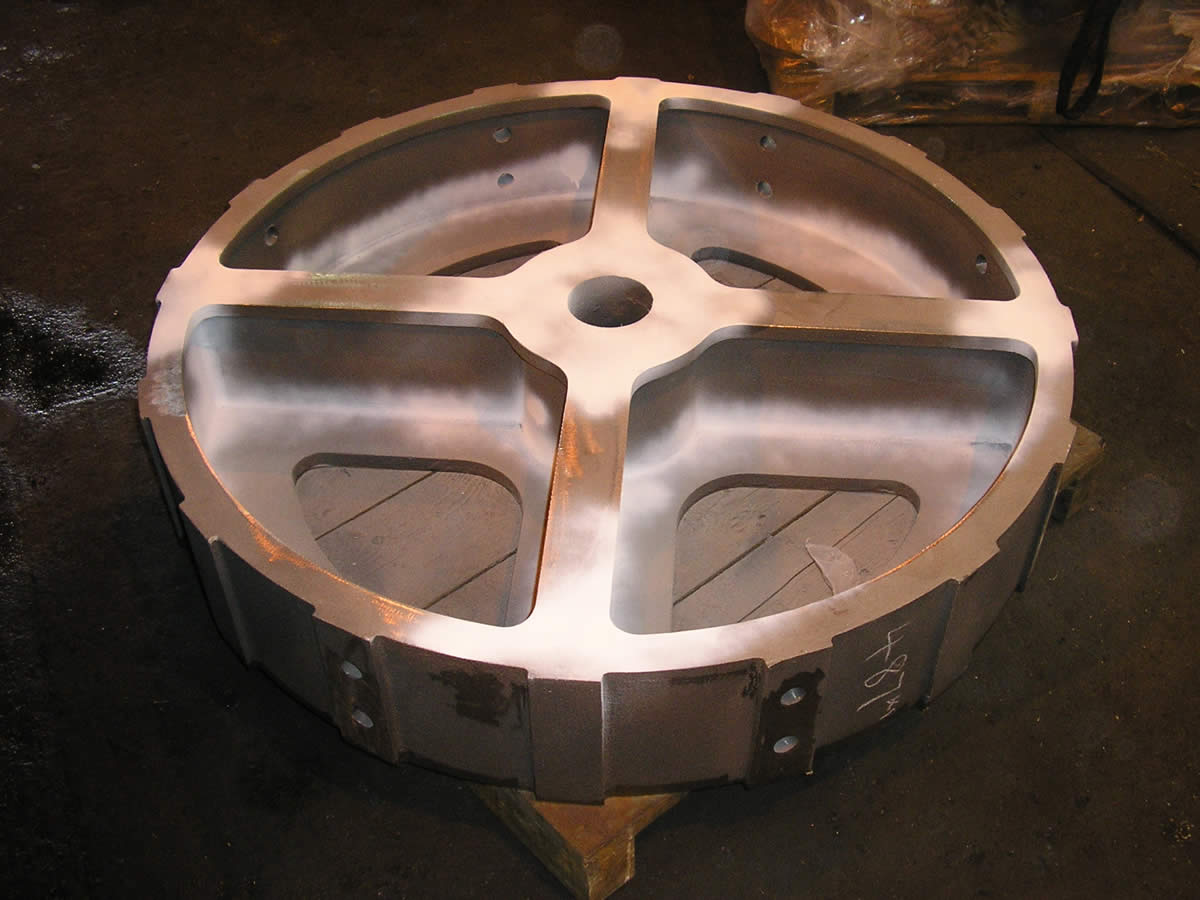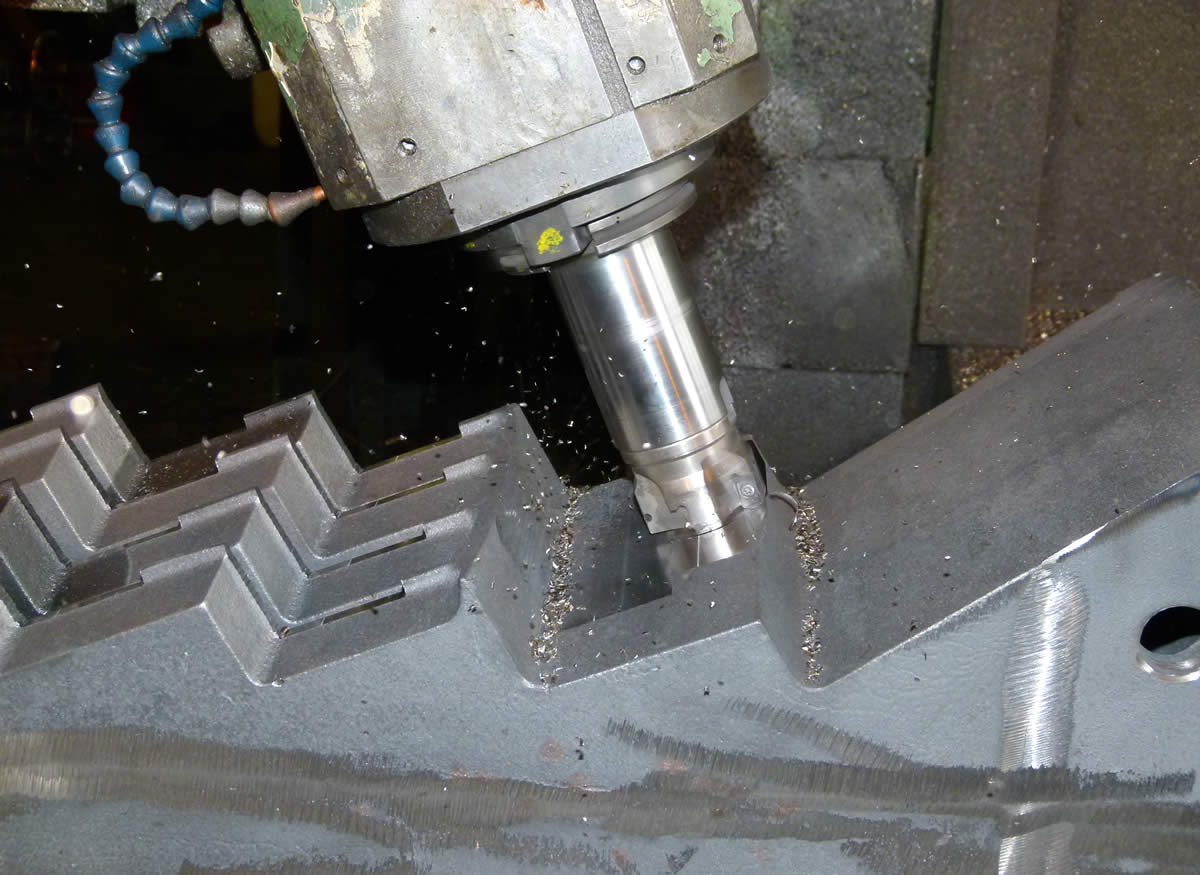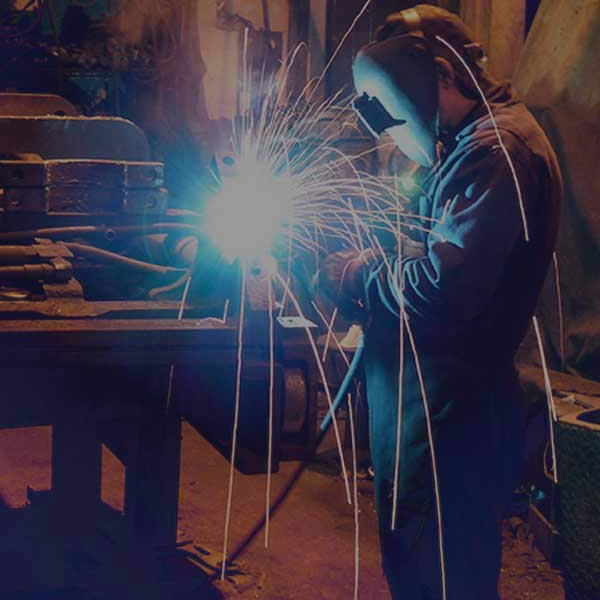As a long-standing UK foundry and engineering firm, Fowler & Holden has specialised in ferrous casting since 1919. Whether you’re new to manufacturing or researching options for industrial components, understanding ferrous casting is a powerful first step. This guide will take you from the basics to the practical applications, helping you make informed decisions.
What Is Ferrous Casting?
Ferrous casting is the process of creating shaped metal components by pouring molten iron-based alloys into a mould. Once cooled, the metal takes the shape of the cavity and can then be used or machined further. The term “ferrous” refers to metals that primarily contain iron.
Ferrous casting is commonly used to produce parts that are strong, durable, and cost-effective. From automotive brake discs to infrastructure fittings and machinery components, this process underpins many industrial applications.
Types of Ferrous Castings
There are several forms of ferrous casting, but the two most common types are:
1. Grey Iron Casting
Grey iron is the most widely used cast iron due to its ease of production and excellent machinability. It contains flakes of graphite, which give the metal a grey appearance. Grey iron offers great vibration damping and compressive strength, making it ideal for engine blocks, pump housings, and machine tool frames.
2. Ductile Iron Casting
Also known as SG (spheroidal graphite) iron, ductile iron has spherical graphite inclusions instead of flakes. This structure improves the material’s tensile strength and toughness. It is widely used for critical components such as crankshafts, suspension parts, and high-pressure pipe fittings. As a ductile iron supplier, Fowler & Holden produces both small and large-scale parts to meet industry needs.
How the Ferrous Casting Process Works
The general steps in ferrous casting include:
1. Pattern Creation
A pattern is made to replicate the shape of the final part. It can be made from wood, metal, resin, or foam, and is usually produced in our in-house pattern shop.
2. Mould Making
The mould is made using sand or metal, forming a cavity that will be filled with molten iron. Sand moulds are the most common in metal casting UK operations due to flexibility and cost.
3. Melting and Pouring
Ferrous alloys such as grey iron or ductile iron are melted in a furnace and poured into the mould. This step requires careful temperature control to ensure the integrity of the casting.
4. Cooling and Solidification
The metal cools and solidifies in the mould. The cooling rate can affect the final properties of the casting, such as grain structure and hardness.
5. Finishing and Machining
Once cooled, the casting is removed from the mould. It is then cleaned, finished, and machined to precise dimensions if required. At Fowler & Holden, this step can include grinding, drilling, and CNC machining.
Benefits of Ferrous Casting
Ferrous casting is favoured by manufacturers across the UK due to its advantages:
- Cost-effective for large batches.
- Excellent mechanical properties.
- Suitable for complex shapes.
- Recyclable materials.
- Reliable performance under stress.
Whether you’re sourcing a grey iron casting for a machine frame or working with a ductile iron supplier for pressure-resistant components, this process offers durability at scale.
Common Industries Using Ferrous Casting
Ferrous casting plays a role in many sectors:
- Automotive: engine parts, brackets, manifolds.
- Power Generation: turbine housings, bearing blocks.
- Oil & Gas: pipe connectors, pump bodies.
- Marine: shaft supports, anchors.
- Infrastructure: drainage systems, bridge castings.
As a leading name in metal casting UK, we regularly serve clients from local councils to multinational OEMs.
Why Use a UK-Based Foundry?
Choosing a local supplier ensures quality control, faster lead times, and regulatory compliance. At Fowler & Holden, our castings meet EN and ASTM standards and are supported by BSI and PED certifications. Being a UK-based ductile iron supplier, we also understand the logistical needs of domestic industries.
Key Considerations When Ordering Ferrous Castings
If you’re planning to source ferrous castings, consider the following:
- Volume: Is it a small batch or mass production?
- Material Choice: Grey iron vs. ductile iron?
- Tolerances: How precise do your dimensions need to be?
- Machining Needs: Do you need post-casting services?
- Compliance: Are EN or ASTM certifications required?
At Fowler & Holden, we help clients navigate these questions, providing guidance throughout the quotation and production process.
FAQs
What is the difference between grey iron and ductile iron?
Grey iron has graphite flakes, offering compressive strength and damping. Ductile iron has spherical graphite, giving it higher tensile strength and toughness.
What metals are classed as ferrous?
Metals containing iron as their main element, such as carbon steel, grey iron, and ductile iron.
Can you make both large and small castings?
Yes. We produce castings ranging from 0.5kg up to 1000kg in grey iron and up to 800kg in SG iron.
What industries commonly use ferrous casting?
Industries such as automotive, power generation, marine, and construction frequently use ferrous castings.
Do you offer machining services after casting?
Yes. We provide full CNC and manual machining to ensure every casting meets your exact specifications.
From Concept to Casting: Fowler & Holden’s Expertise
We’re not just manufacturers; we’re partners in your production. Our team of pattern makers, metallurgists, and machinists brings over a century of expertise to every project. Whether you need grey iron casting for municipal infrastructure or a reliable ductile iron supplier for OEM production, we’re here to deliver precision and value.
Have questions? Ready to get started?
Contact us
Call: +44 (0)1472 355 316
Email: admin@fowlerandholden.co.uk



